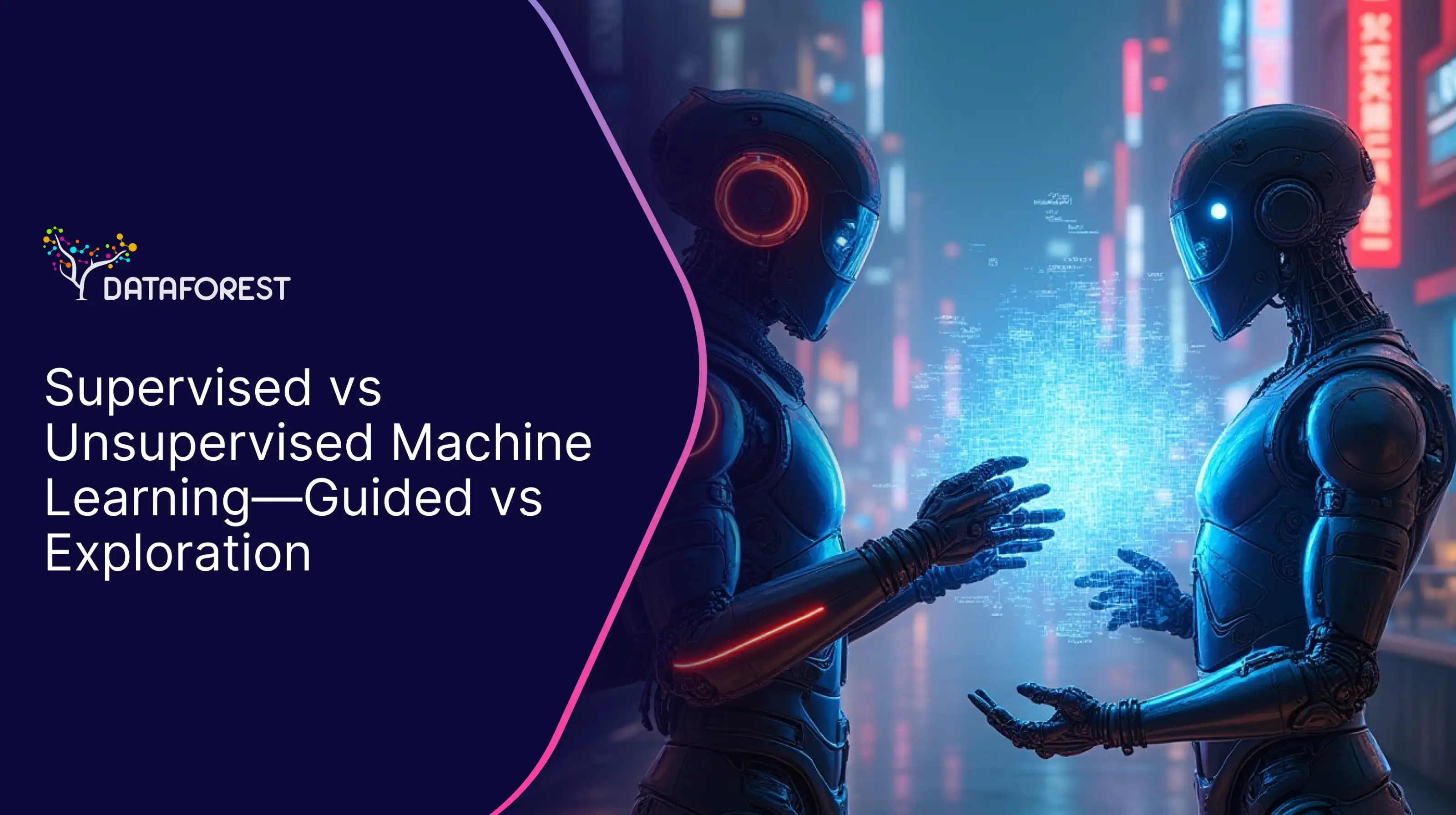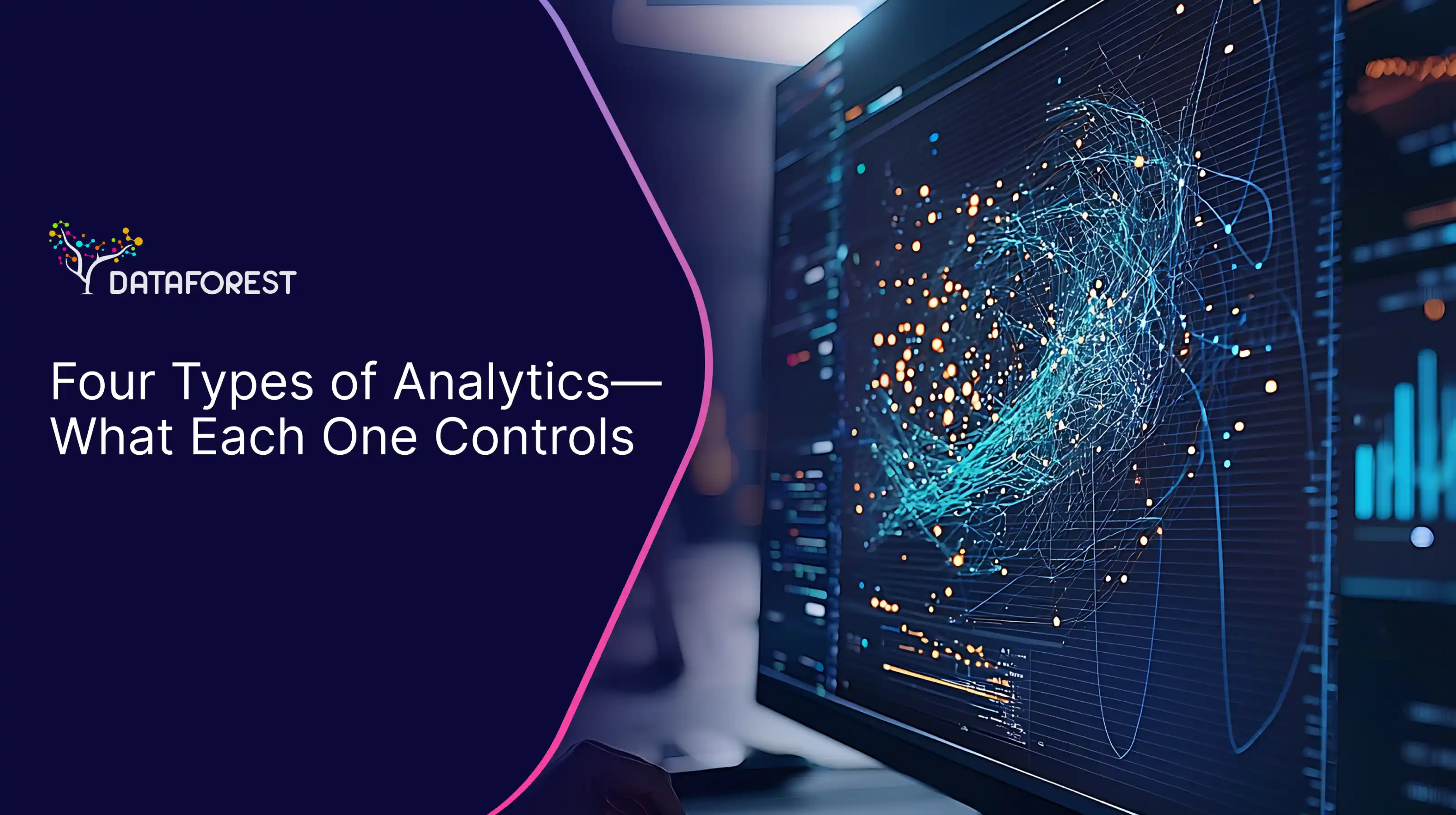
Big Data Analytics Services
Our data science expertise enables the transformation of complex data and information overload into actionable, strategic intelligence. Big data and analytics services enable enterprises to cut through noise, predict market dynamics, and make performance forecasting through sophisticated analytical modeling and machine learning insights.




PARTNER

PARTNER
FEATURED IN

01
Process Data at Scale
Large-scale data processing platforms enable enterprises to ingest, transform, and analyze petabyte-scale datasets. We utilize distributed computing frameworks like Apache Spark, which parallelize computational tasks across clustered infrastructure to deliver analytics for big data.
02
Predict with Intelligence
Advanced analytics in big data systems employ statistical models, computational statistics, and probabilistic techniques to forecast future trends, customer behaviors, and potential business outcomes. It’s made by extracting patterns from historical and real-time data streaming — a hallmark of advanced analytics with AI.
03
Generate Instant Insights
Real-time big data analytics services leverage predictive intelligence frameworks, stream processing technologies, and in-memory computing. These tools analyze data streams milliseconds after generation, enabling immediate decision-making through continuous and dynamic computational analysis, forming the backbone of advanced analytics services.
04
Mine Complex Data
Complex data mining solutions utilize clustering, association rule learning, and anomaly detection to uncover hidden patterns, relationships, and insights within multidimensional, heterogeneous datasets. This is where advanced analytics companies bring advanced analytics as a service to life.
05
Drive Analytics with Machine Learning
Machine learning-driven analytics frameworks apply adaptive algorithms that autonomously learn from data, continuously improving predictive accuracy and generating increasingly sophisticated analytical models critical for intelligent decision support.
06
Compute Distributively
Distributed computing architectures design computational systems that partition complex tasks across multiple interconnected machines, enabling parallel processing, enhanced computational efficiency, seamless scaling of data, and advanced analytics capabilities.
07
Transform Massive Datasets
Massive dataset transformation services convert unstructured, semi-structured, and structured data into standardized, analysis-ready formats using advanced ETL (Extract, Transform, Load) processes and semantic mapping technologies—a core component of big data analytic services.
08
Visualize Data Dynamically
Scalable data visualization tools convert complex analytical outputs into intuitive, interactive graphical representations. This empowers stakeholders with big data analytics insights they can actually use.
09
Model Predictively
Advanced analytics services build mathematical and statistical models that simulate potential scenarios. These help organizations assess risks, anticipate outcomes, and drive decisions — the essence of advanced analytics consulting services.
10
Create Enterprise Analytics
Enterprise-level analytics ecosystems integrate diverse data sources, computational tools, and analytical methodologies into cohesive technological infrastructures. These are often offered as big data analytics as a service, delivering comprehensive enterprise intelligence.
Big Data Analytics Process Steps
In these steps, we build responsive data intelligence platforms that seamlessly integrate technological innovation with strategic organizational vision through advanced data analytics services.

Data Acquisition and Ingestion
Comprehensive collection of diverse data sources, including structured, semi-structured, and unstructured data from multiple enterprise touchpoints.
01

Data Preprocessing and Cleansing
Rigorous data transformation, standardization, and quality assurance processes to ensure high-integrity, analysis-ready datasets.
02

Advanced Feature Engineering
Transforms raw data into predictive features for advanced analytics services.
03
.svg)
Predictive Modeling and Analytics
Generates actionable insights using advanced analytics with AI.
04

Real-time Insight Generation
Implementation of stream processing and in-memory computing technologies to deliver instantaneous, dynamic analytical capabilities.
05

Intelligent Visualization and Reporting
Creates strategic dashboards via advanced big data analytics.
06
.svg)
Continuous Learning and Optimization
Adaptive AI frameworks that autonomously refine predictive models improve accuracy and evolve analytical capabilities.
07
.svg)
Strategic Decision Support
Delivers intelligent, forward-looking recommendations through advanced analytics consulting services.
08
Big Data Business Analytics Challenges
We help enterprises shift from reactive data management to advanced analytics consultancy. Our solutions dynamically transform data complexity into strategic capability through AI big data analytics.

Overwhelming Data Volume Management
Implement distributed computing architectures and advanced data compression for scalable big data analytic services.

Data Quality and Consistency Issues
Implement automated data cleansing, validation, and standardization algorithms to ensure a reliable data ecosystem.

Complex Data Interpretation Barriers
Develop machine learning algorithms and natural language processing tools to generate intuitive big data analytics insights.
.svg)
Slow Decision-Making Processes
Enable real-time insights with advanced analytics and AI, supporting rapid strategic decision-making.
.svg)
Transforming Massive Datasets
Converts enormous, heterogeneous data volumes into coherent, strategic intelligence through advanced computational processing.

Complex Pattern Recognition
Identifies intricate, non-obvious relationships and trends within multidimensional datasets using sophisticated machine learning algorithms.

Predictive Business Intelligence
A core part of our advanced analytics service. Generates forward-looking insights that anticipate market dynamics, customer behaviors, and potential organizational opportunities.

Advanced Statistical Modeling
Constructs mathematical frameworks to simulate business scenarios and validate probabilistic outcomes.
.svg)
Multi-dimensional Data Correlation Analysis
Reveals interconnected relationships across data domains, uncovering insights through analytical techniques.
.svg)
Automated Anomaly Detection
Identifies unexpected patterns, potential risks, and outliers in real time with adaptive monitoring systems.
.svg)
Comprehensive Performance Forecasting
Develops precise predictive models that project future organizational performance across multiple strategic dimensions.

Cross-functional Data Integration
Synthesizes disparate data sources into unified, actionable intelligence that transcends traditional organizational silos.
.svg)
Intelligent Decision Support Systems
Provides AI-enhanced analytical frameworks that augment human decision-making with data-driven recommendations. Augments choices with advanced analytics services.

Advanced Quantitative Research Capabilities
Driven by data and advanced analytics, enables sophisticated research methodologies that leverage computational intelligence to explore complex analytical challenges.
Advanced Analytics Related Articles
All publicationsFAQ
How do big data solutions translate into concrete business value?
Big data solutions transform raw data into big data analytics insights, revealing patterns and driving operational efficiency. These advanced analytics transform complex data landscapes into quantifiable competitive advantages, enabling organizations to make precision-driven decisions that optimize operational efficiency, customer engagement, and market positioning.
What infrastructure is required for implementing advanced analytics?
Implementing advanced analytics requires a scalable technological ecosystem combining distributed computing architectures, high-performance cloud infrastructure, and advanced machine learning platforms. A mix of distributed computing, machine learning platforms, and cloud systems built to support advanced analytics services. The core infrastructure must integrate robust data lakes, parallel processing capabilities, AI-driven algorithms, and secure computational environments that dynamically adapt to evolving data complexity and organizational needs.
Can your solutions handle the complexity of our specific industry's data?
We deliver big data analytics in the financial industry, healthcare, retail, and more with domain-specific frameworks. Our solutions are engineered with adaptive algorithmic frameworks to navigate the most intricate, industry-specific data challenges across diverse sectors. We employ advanced machine learning techniques and domain-specific modeling approaches that can seamlessly integrate, process, and derive meaningful insights from even the most complex and heterogeneous data environments.
How quickly can insights be generated from our datasets?
Our advanced analytics platforms are built for real-time insight generation, leveraging stream processing technologies and in-memory computing to deliver dynamic analytical capabilities within milliseconds. We can transform massive datasets into actionable intelligence with unprecedented speed and precision by utilizing cutting-edge distributed computing and AI-driven algorithms.
What makes your approach different from traditional analytics?
We move beyond static reports to advanced analytics with AI that learns, adapts, and evolves. Unlike traditional analytics that rely on static, retrospective reporting, our approach creates intelligent, adaptive ecosystems that continuously learn, predict, and evolve. We've transformed data analysis from a backward-looking exercise into a forward-propelling strategic asset that proactively generates predictive intelligence and supports dynamic decision-making.
How do you handle data from multiple, diverse sources?
Through automated ETL and harmonization, a hallmark of our advanced data analytics services. We employ data integration platforms with advanced extraction, transformation, and loading (ETL) capabilities that seamlessly synthesize data from disparate sources into unified, analysis-ready environments. Our data harmonization techniques use machine learning algorithms to automatically standardize, cleanse, and correlate information across multidimensional data landscapes.
Is advanced analytics consulting included in your list of services?
Advanced analytics consulting is an integral and strategic component of our data science tech services, designed to guide through the landscape of data intelligence and technological transformation. Our advanced analytics consultants offer an approach that provides end-to-end support, from initial strategic assessment and infrastructure design to implementation, optimization, and continuous organizational learning, ultimately driving meaningful business value. Our advanced analytics consulting services include strategy, architecture, and ongoing optimization.
What does real-time big data analytics mean?
It means analytics for big data that's instant, from data stream to decision in milliseconds. Real-time big data analytics represents the instantaneous processing, analysis, and interpretation of streaming data volumes as they are generated. It enables organizations to extract actionable insights milliseconds after data creation. This transforms traditional reactive decision-making into a proactive, dynamic intelligence framework that enables businesses to anticipate trends, detect anomalies, and make strategic decisions in near real-time.
Let’s discuss your project
Share project details, like scope or challenges. We'll review and follow up with next steps.





















.webp)

























.svg)














